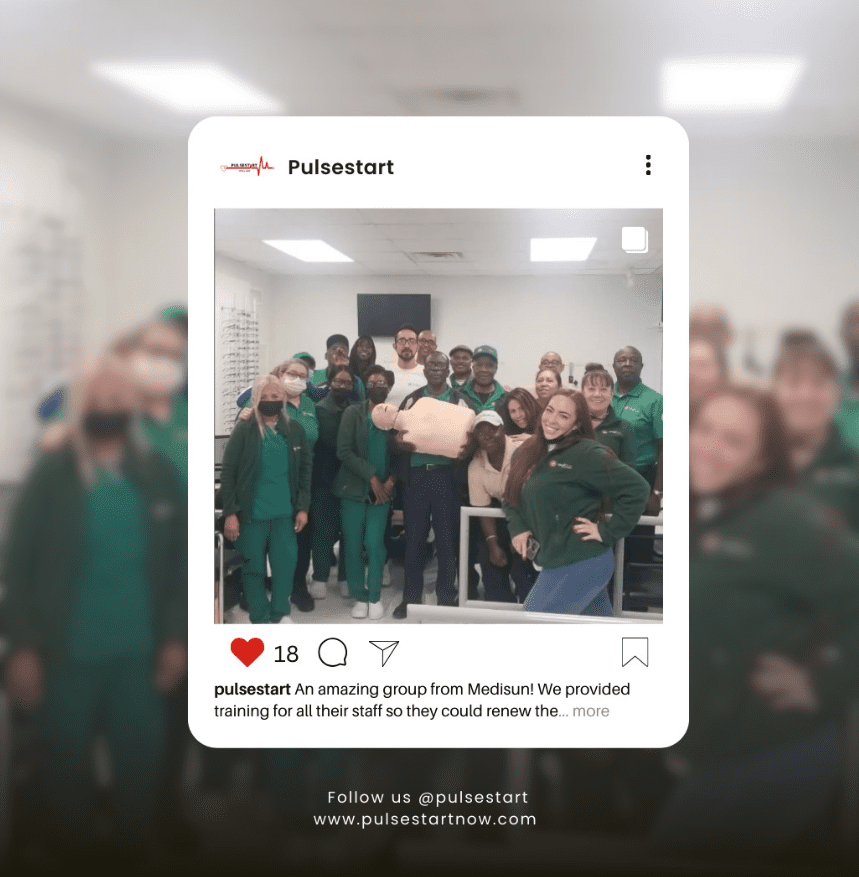The Role of an AED in Cardiac Emergencies: A Lifesaver within Reach
The Role of an AED in Cardiac Emergencies: A Lifesaver within Reach

In a cardiac emergency, every second counts. While Cardiopulmonary Resuscitation (CPR) can help maintain some blood flow to the heart and brain, it is often an Automated External Defibrillator (AED) that makes the definitive difference. In this article, we will explore the importance of an AED, how it works, and how to use one in case of a cardiac emergency.
What is an AED?
An Automated External Defibrillator (AED) is a portable device that delivers an electric shock to the heart to restore its normal rhythm. It is used to treat sudden cardiac arrest, a condition where the heart abruptly stops beating effectively.
Why is an AED Important?
AEDs are crucial in treating sudden cardiac arrest because they can restore a normal heart rhythm, something CPR alone cannot do. When a person suffers a cardiac arrest, their survival chances decrease by 7-10% for every minute that passes without defibrillation. Therefore, having an AED nearby and using it promptly can save a life.
How Does an AED Work?
AEDs are designed to be simple so that anyone, even without medical training, can use them. Once the electrode pads of an AED are attached to a person’s chest, the device analyzes the heart’s rhythm and determines if a shock is needed. If so, the AED will instruct the user to deliver a shock, which can potentially restart the heart’s normal rhythm.
How to Use an AED: A Simple Guide
Turn on the AED: This usually involves opening the cover or pressing a power button. The AED will begin giving audio instructions.
Attach the pads: The AED will have two sticky pads with sensors (electrodes). These should be attached to the person’s bare chest, as shown in the diagrams on the pads. One pad is placed on the right center of the person’s chest, the other on the lower left side.
Stand clear: Make sure no one, including you, is touching the person. The AED will then analyze the person’s heart rhythm.
Deliver the shock: If a shock is needed, the AED will tell you to press the shock button. Stand clear of the person and make sure others are away before pressing the shock button.
Perform CPR: The AED will guide you to start chest compressions after delivering the shock. If you’re trained in CPR, you can also give rescue breaths. Continue following the AED’s instructions until emergency responders arrive.
Conclusion
With more and more AEDs becoming available in public places, it’s important to know how to use one. At Pulsestart CPR, we offer comprehensive training on how to use an AED as part of our CPR courses. Armed with this knowledge, you’ll be ready to take action in a cardiac emergency, potentially saving a life. Remember, the time to learn how to respond to a cardiac emergency is now, not when the emergency happens.


















